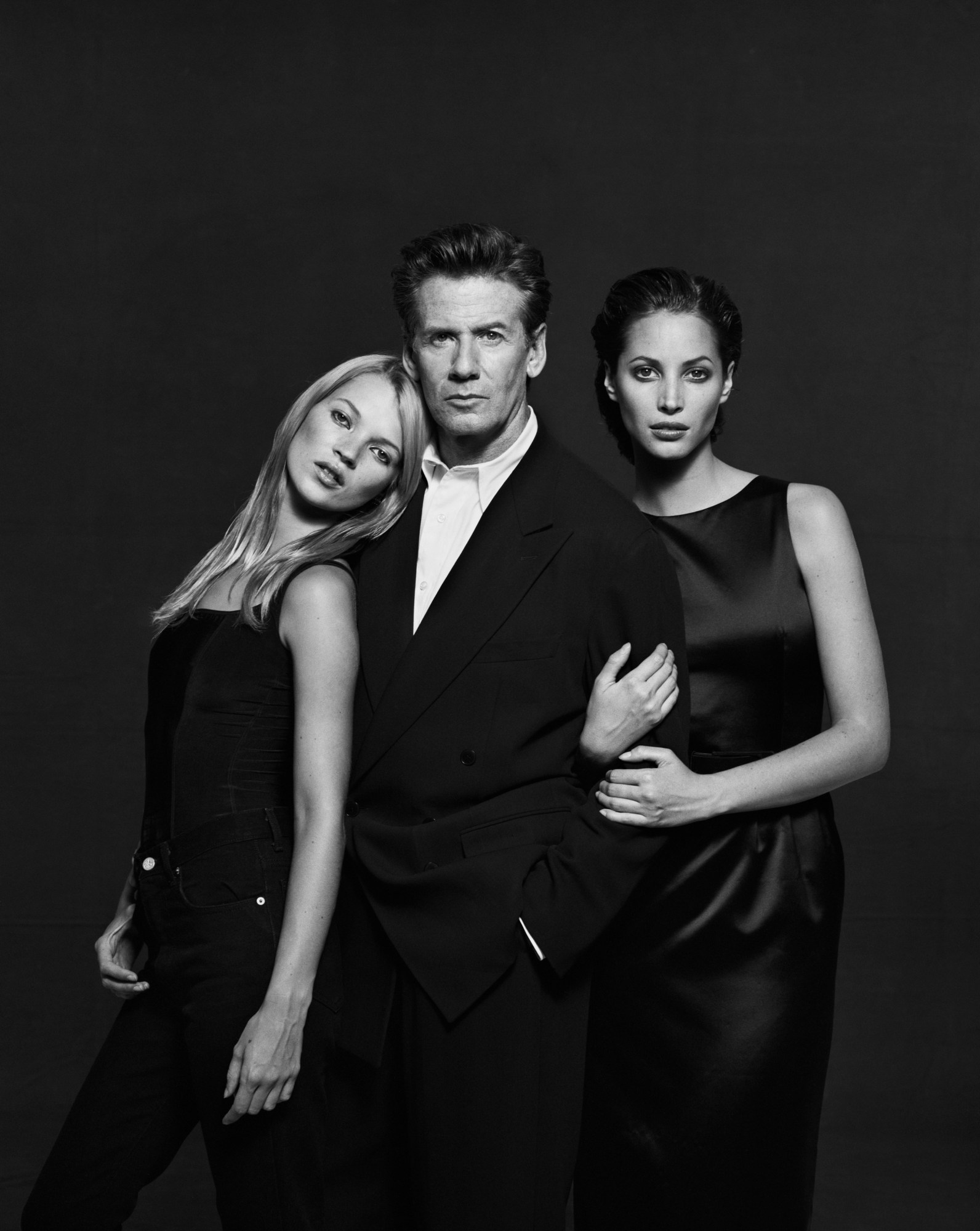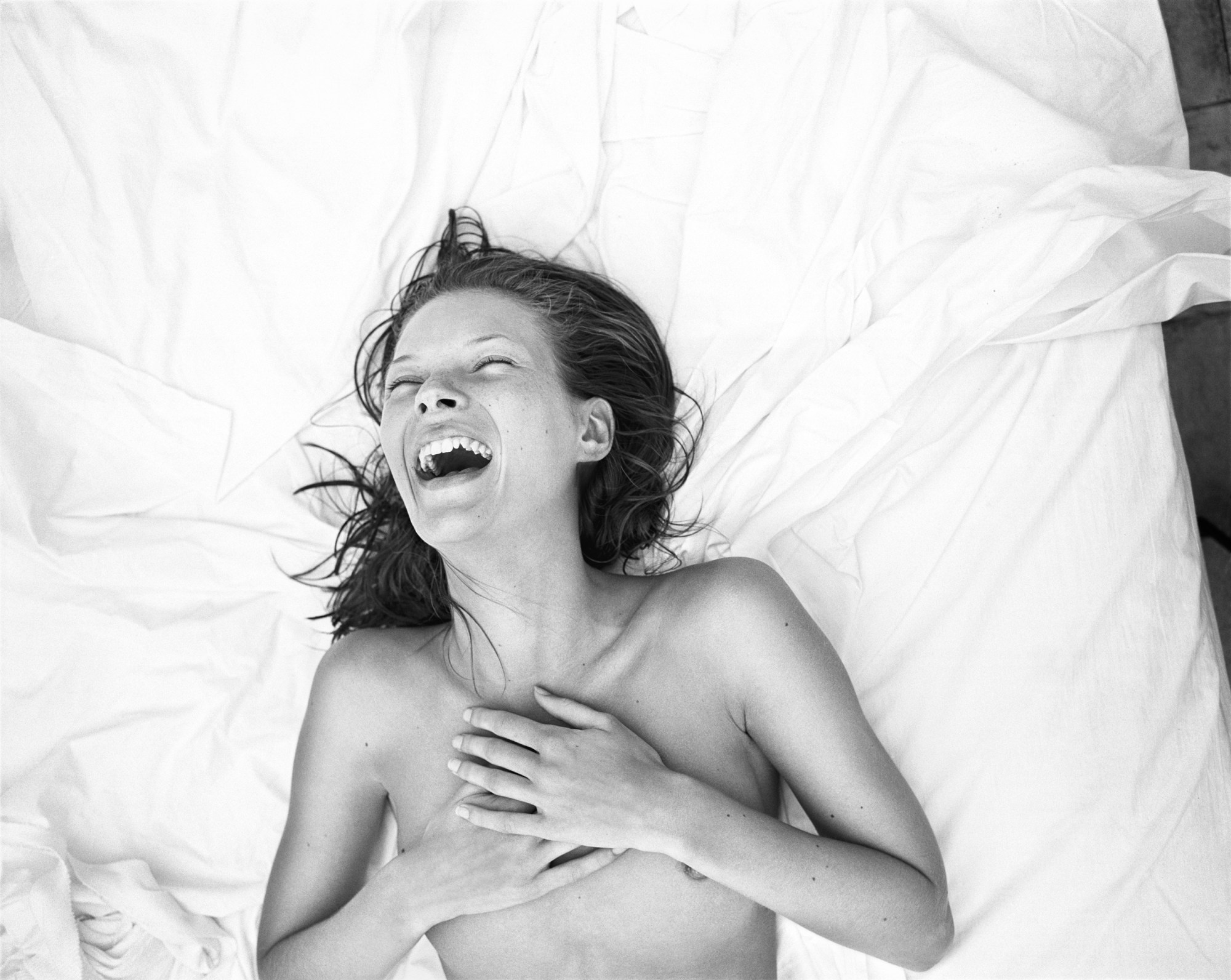Hearing the man himself say a line as iconic as “What comes between me and my Calvins” down the phone is enough to send a shiver down the spine. It is, after all, one of the most era defining pieces of advertising ever created. It was scandalous and provocative, a rebellious statement of intent from the designer, and promptly banned by American TV. The Richard Avedon-shot photograph itself — Brooke Shields in a loosely buttoned burgundy shirt, kicking a leg tightly clad in blue denim in the air — released at the start of the 80s, propelled Calvin Klein, his brand and Brooke to stardom; and became the defining fashion image of the decade.
Not that Calvin Klein was content creating just one decade defining moment. Think Tom Hintnaus wearing a pair of tight white pants in Santorini by Bruce Weber, or a naked Kate Moss reclining on a sofa, shot by Mario Sorrenti. Time and time again Calvin’s adverts courted controversy by creating stunning pieces of fashion imagery.
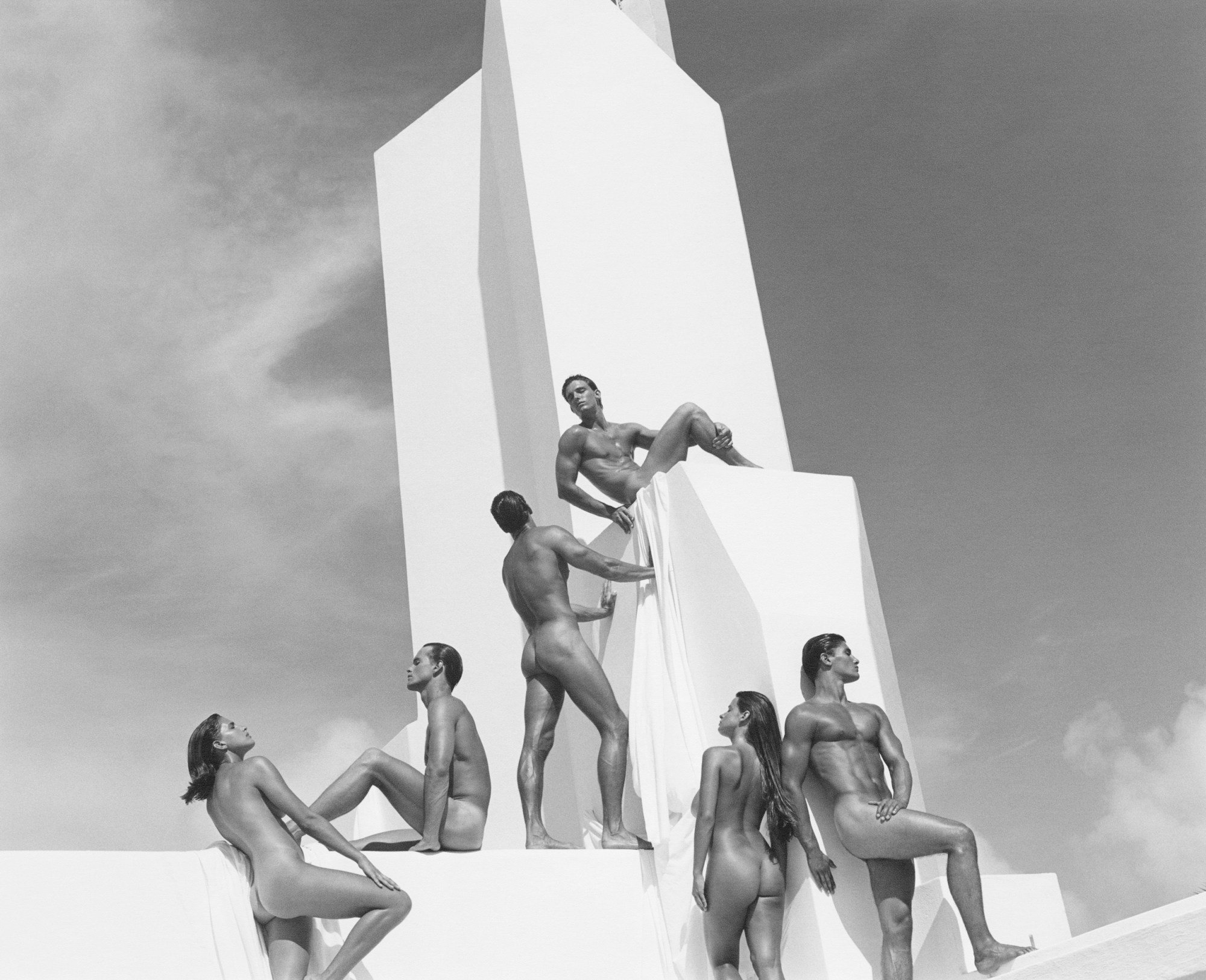
All this is collated in a new book, simply titled Calvin Klein, which he’s about to release. Four years in the making, Calvin went through his 40,000 strong archive of images with Fabien Baron and ex-wife Kelly, to put together a 450-page document of an incredible career.
The book though, is not just the story of Calvin as the master advertiser-provocateur, but Calvin the designer, the man who helped invent the minimalist aesthetic and, alongside Ralph Lauren and Donna Karan, helped American fashion rival its European capitals.
Ahead of the book’s release we spoke to Calvin to find out the stories behind some of fashion’s most instantly recognisable images and how he created a luxury empire.
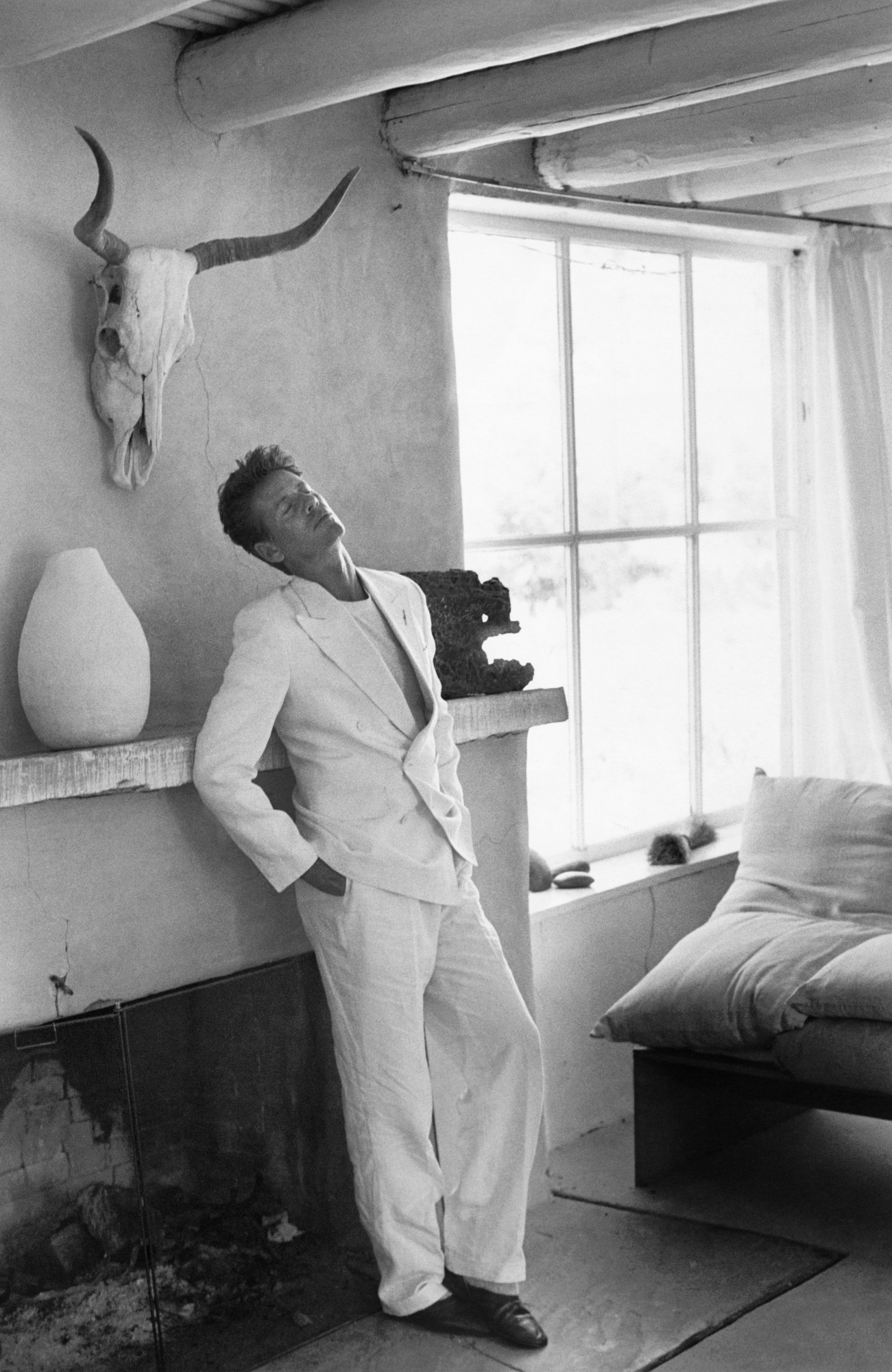
Firstly, congratulations on the book, it’s an incredible piece of fashion history. Did you enjoy putting it together?
It took me a long time to get round to do this. I’m not in the habit of looking back, I’d rather be in the moment. We went through 40,000 images from the archives, which took about a year and a half. We had to narrow them down and make a selection we could fit on 450 pages. I edited and re-edited it so many times! It took months, over and over, but it was truly a pleasure.
What surprised you the most about the images?
That they still looked contemporary. Most of them were ads that we ran between the 70s and 00s, but we juxtaposed images from the different decades and put them next to each other, just to show that the vision was always the same.
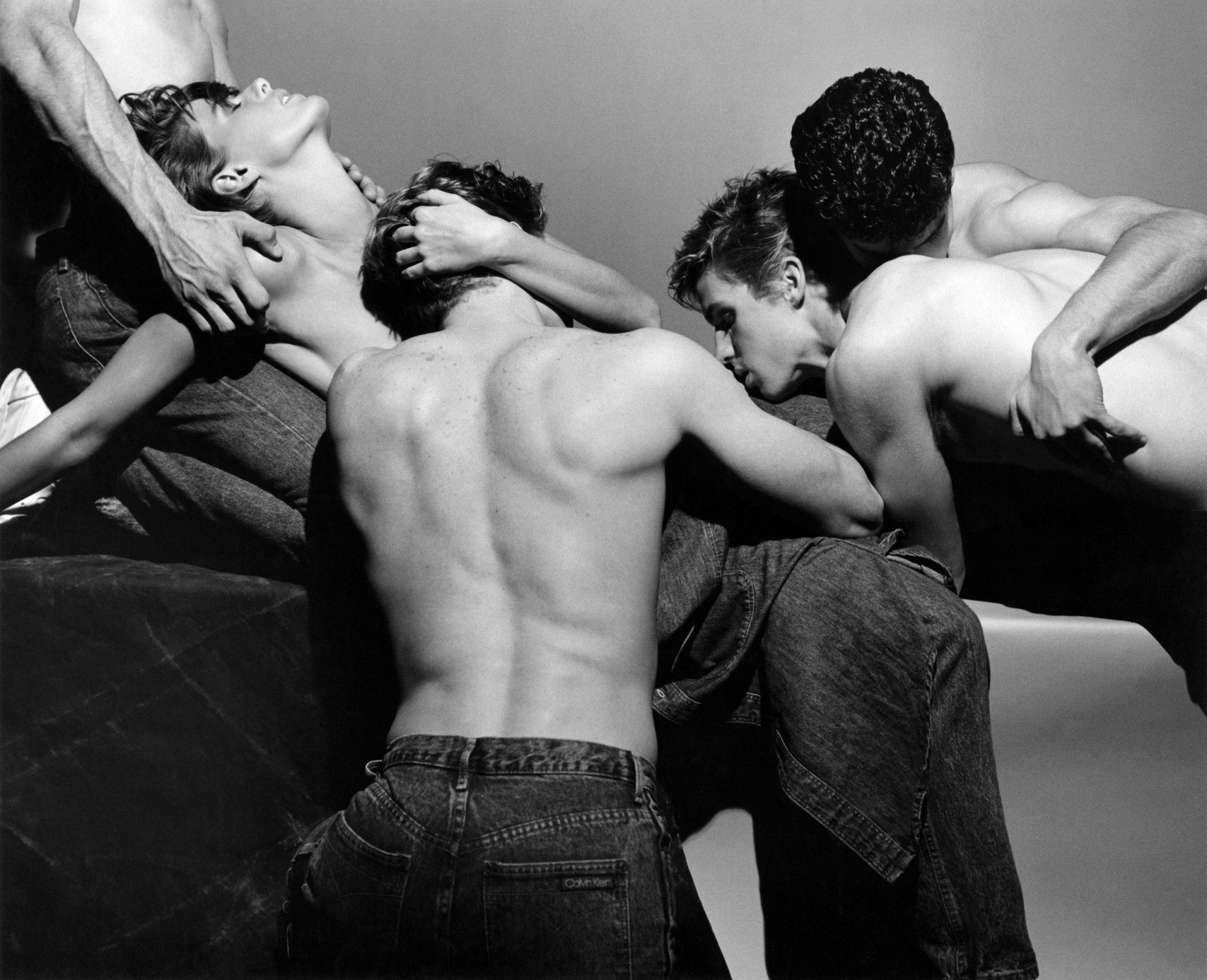
The ads are still provocative but to see these images out of an advertising context, without the logos and copy, it really brought back how amazing they are as photographs. They become less shocking and instead become incredibly beautiful and timeless.
That’s such a compliment because that’s exactly what I was trying to show. I always worked with the most talented people I could find, from photographers to art directors to models. I was involved in every detail in those years but these images are the work of a wonderful team of creative people. But they are beautiful photographs from the best photographers in the fashion world, Irving Penn, Dick Avedon, Bruce Weber, Mario Sorrenti, real greats and I wanted people to see their work. It’s only when you put the graphics on that they become an advertisement.
When you were making the ads, did they feel like a collaboration between all these different parts?
It was always a collaboration. I remember when we did the Brooke Shields ads, I was at Dick Avedon’s studio every night working with Dick and Doon Arbus, who wrote the iconic “You know what comes between me and my Calvins… Nothing” line. We worked together and we had so much fun doing it, and we did it ourselves because I knew we could do it better than the agencies on Madison Avenue.
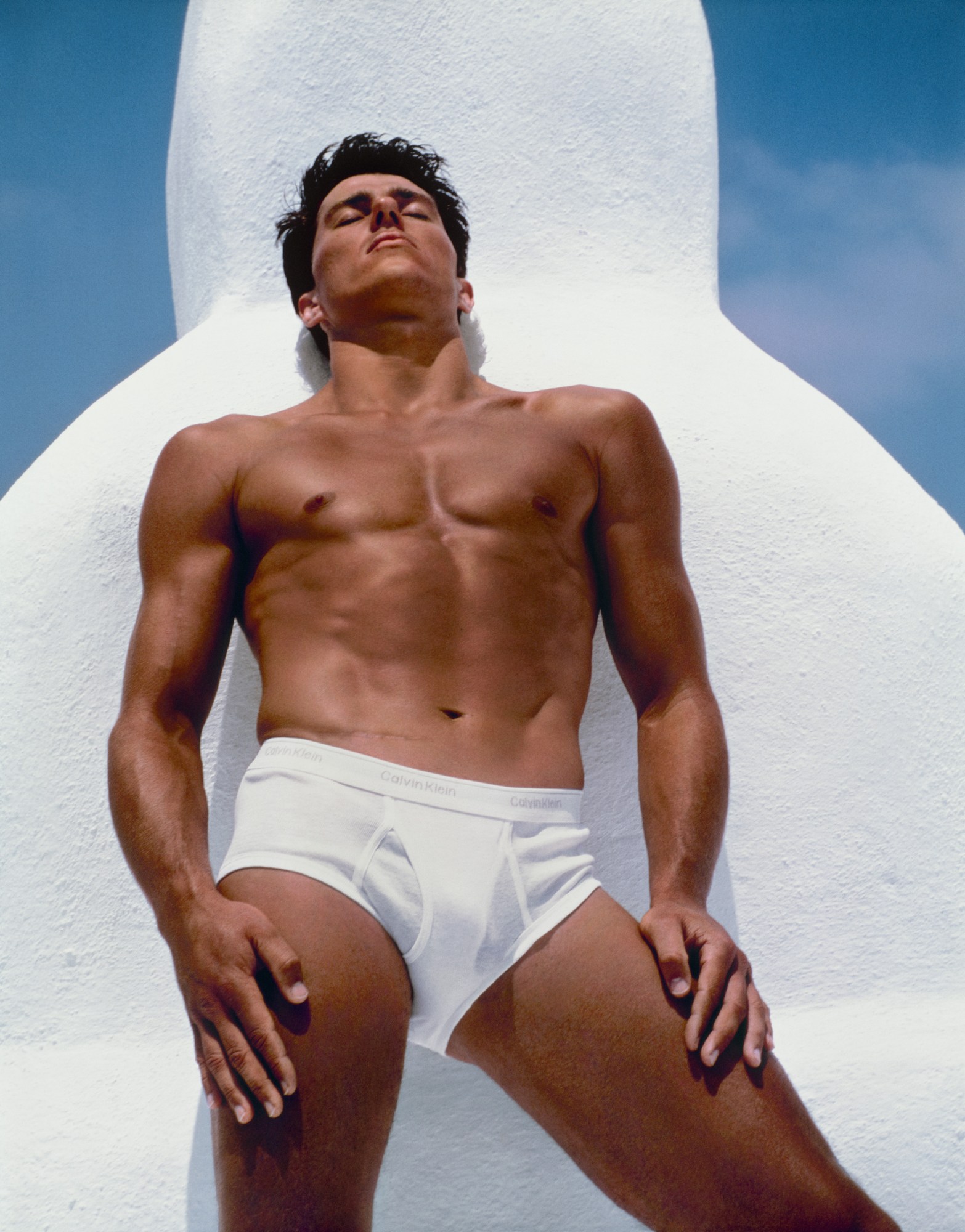
Photography Bruce Weber
These ads were era defining, not just in fashion but in the wider culture too. Were you surprised by that?
Believe it or not I was always surprised when anything did well. I was always influenced by what was happening in my life, and what was happening around me. So if they impacted a wider culture, that happened organically in a sense. We always wanted to do something that was creative in the way it explained what the product was. Sure, the ad had to stand out, but it had to convey what it was to the consumer, too. That was my focus.
Why do you think these images became both landmarks of fashion and advertising.
That’s one of the beauties of time, I couldn’t have imagine that they would have that kind of longevity, but looking back now, what was surprising to me, as I edited the images, was how contemporary they looked. That was really the reason I was interested in doing the book, because if the images looked dated then I think I would have lost interest.
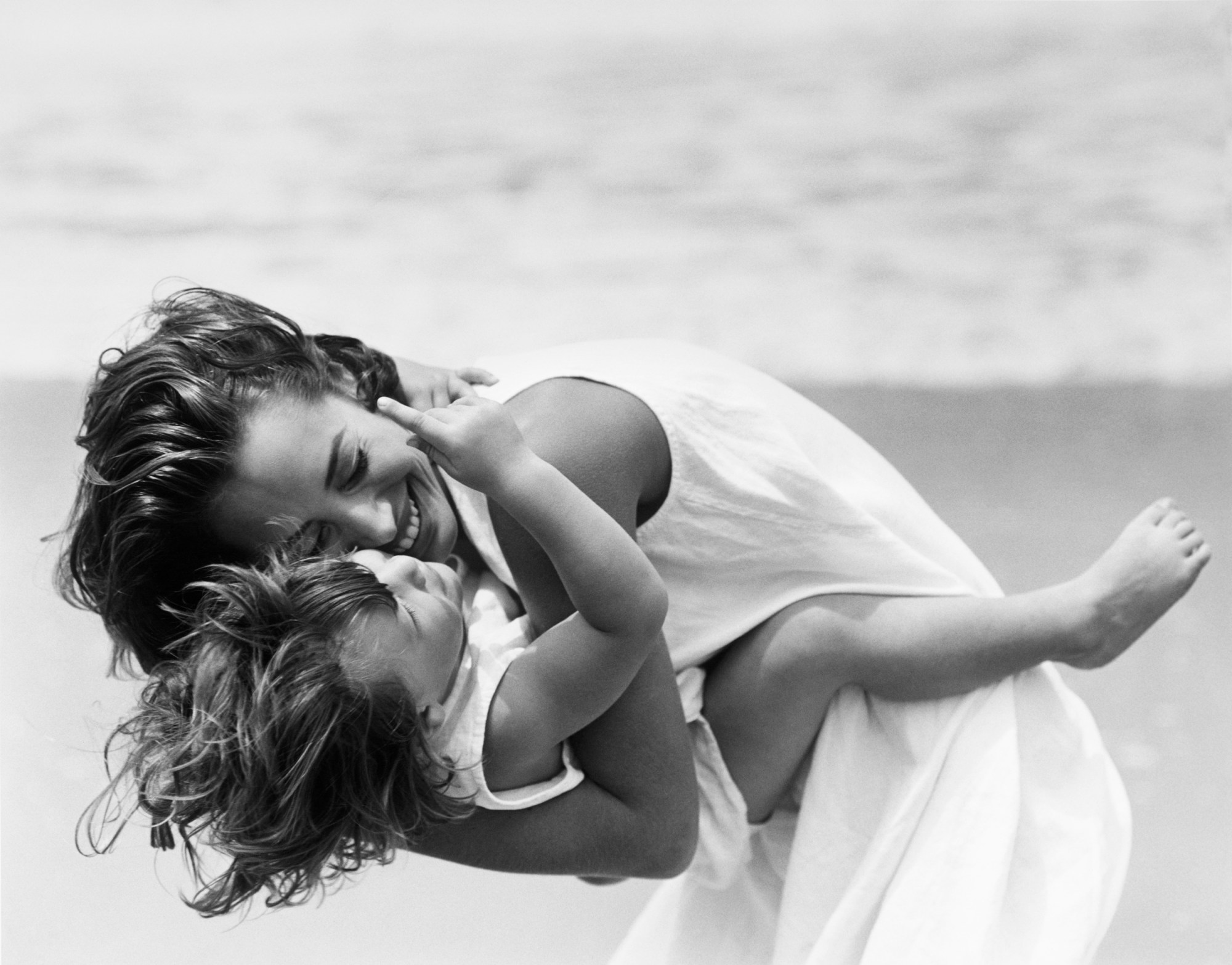
Photography Bruce Weber
The break down in the gender binary is everywhere in fashion now, you really anticipated it with something like CK1.
You know the story behind that fragrance? I was living with Kelly and she’d always be borrowing a shirt or a sweatshirt of mine, she always wanted something of mine. I wondered if that could work with fragrance? If you could create something that was masculine but would also appeal to women. We’d been so successful with Obsession and Eternity, it felt like the time to break all the rules, to do something totally different. You have to take risks, you have to take a chance. Sure you make mistakes, but you learn from them, and you don’t make them again.
Jeans are another example, they weren’t a designer item then. What did the fashion world say when you started to move into doing things like jeans and underwear.
I think people were surprised. Even something like the outdoor billboards we ran, fashion people just didn’t do that kind of thing. That was very commercial. I always looked at these things as a challenge, but it also had to be interesting to me. I never thought about what the fashion world would think about me doing jeans or underwear. In my mind I was communicating directly with the consumer. I’m always surprised when anyone buys or likes anything I do. Like the book, I found out it’s a best-seller on Amazon already, and it’s great as well, because all the money from it is going to charity in New York.
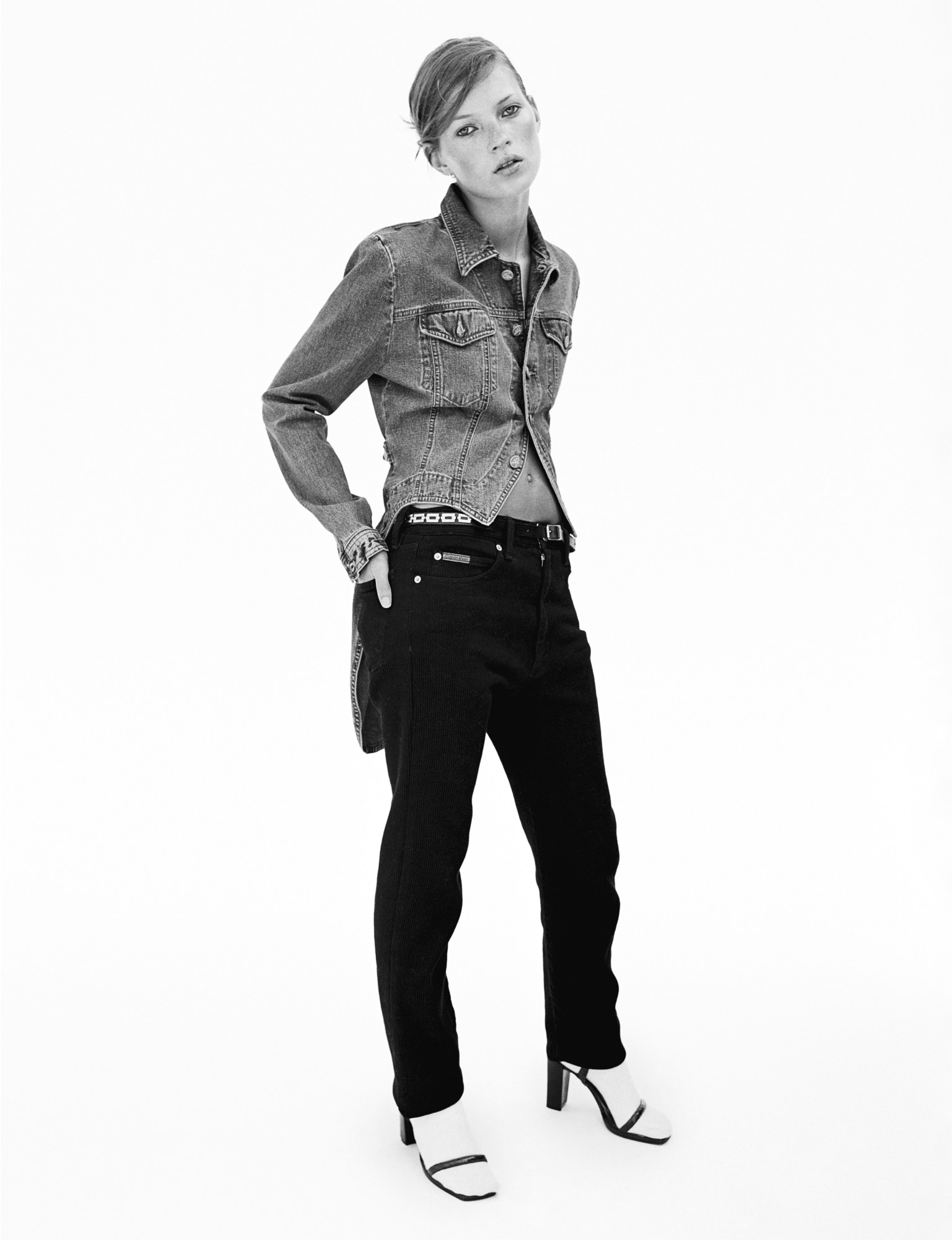
Photography David Sims
Beyond the ads, the book is a great chance to re-engage with the high fashion element of what you’ve done over the years, because it’s the heart of the brand, and it was great to see that so well documented.
Designing clothes for women was the thing I loved doing the most. This was the umbrella for everything else that we did, but very few people could buy those clothes because they were so expensive. So the book was a way for people to see where it began, how it began, show this minimalist aesthetic, the refinement, purity, simplicity… that was what it was about with the clothes.
Did you enjoy looking back at your career in designing for the book?
It was nice to look back, but it was hard work. I wouldn’t have had it any other way though. I had to be involved in every aspect of the book, down to the thickness of the cover and the pages. All the photographs and stories were part of my life, but it became a new challenge to convey them in one book.

Have you always worked so hands on?
From the very beginning. When I started the company, for the first 8 months I would sleep on the floor in my little showroom. I would sell the clothes, I would design the clothes, I shipped the clothes, my mum would sew the labels in! But they were such fun days, so great. It takes commitment and a lot of hard work to make something successful.
What advice would you give to someone just starting out in the fashion industry?
The advice I gave my daughter when she was graduating university was, ‘Don’t worry about money or success, you’ve got to find the thing that will make you happy.’ That’s what real success is — enjoying and loving what you do.
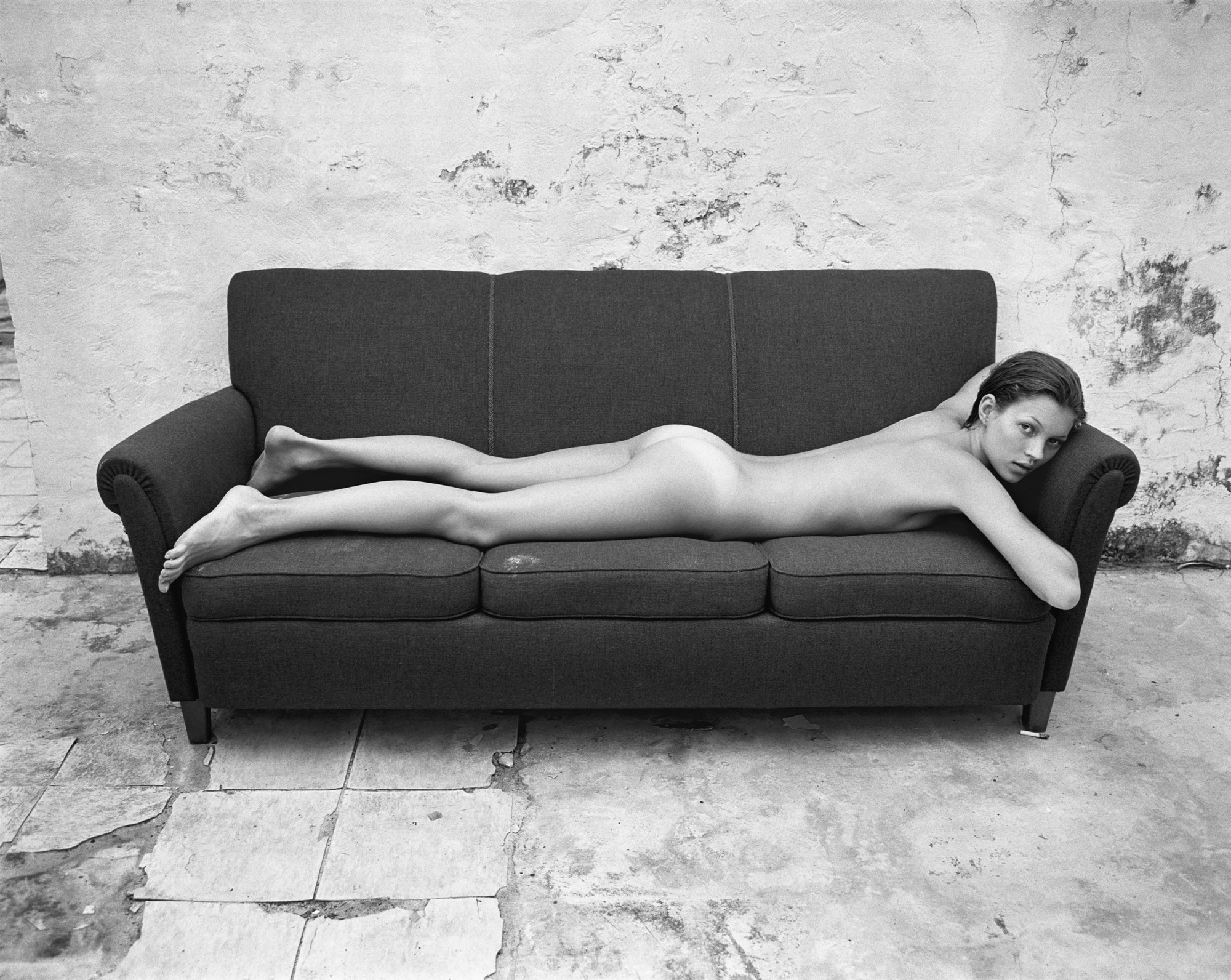
Looking back over your career and all these incredible things you’ve done, what do you think will go down as your legacy, or your greatest achievement.
As an American designer, Ralph Lauren, Donna Karan and myself finally made a mark for America in fashion, because traditionally it was Paris and Milan with their history, and London, with its great art and design schools, but America? New York? It took a back seat. But I think, together, the three of us made a real impact, I’m very proud of that legacy.
My dream, when I started, was to create a brand that could go on long after I’d finished working, and it’s still going. It was international and global decades ago, but really I’m just so happy the company is thriving long after my involvement, and that it will continue to exist.
Calvin Klein is published by Rizzoli and is available now. Buy it here.
